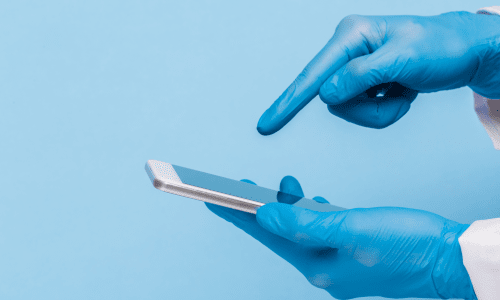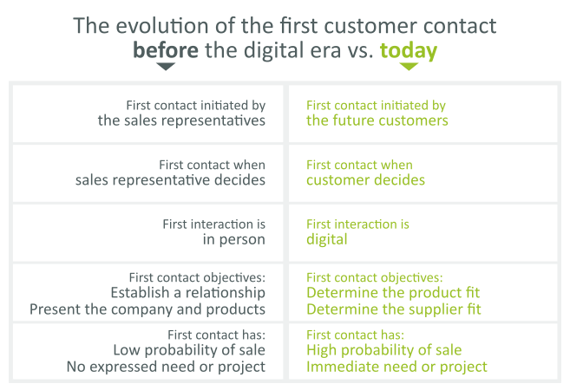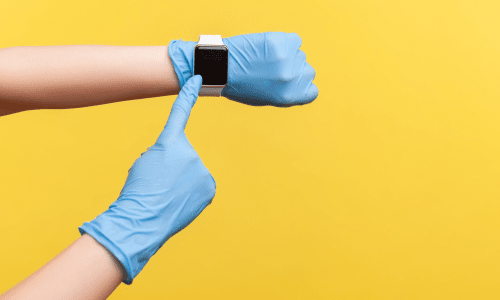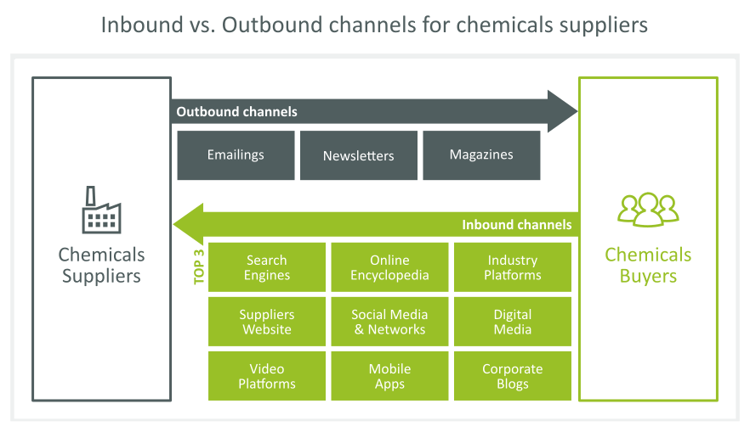Why inbound marketing is the shortest route to new business in chemicals
Chemical and raw material suppliers, especially those manufacturing higher value specialty chemicals, have a long history of “reaching out” to potential customers.
Whether to push new products or technologies from R&D into the market, or to maintain brand awareness for mature products, this outward approach seems embedded in the chemical industry’s DNA.
But now that the digitalization wave is finally hitting the industrial world, the rules of the game are changing. Inbound digital marketing is taking the lead as the shortest route to new business in chemicals.
Adapting is no longer an option, it’s a necessity.
Chemical buyers take control
 The buyers in the specialty chemical industry — the engineers, the formulators, the product developers — are extensively using digital channels for their projects.
The buyers in the specialty chemical industry — the engineers, the formulators, the product developers — are extensively using digital channels for their projects.
Several B2B studies report that these customers start their projects with an exploration phase that is predominantly digital.
According to a GlobalSpec™ study in 2017 on digital media use in the industrial sector, 94% of engineers systematically use search engines and other online resources to explore the digital wealth that is only one click away. And 50% of them spend more than 6 hours per week on industry-related websites.
These future customers choose the moment their search begins and the online channel they prefer — channels that go much beyond the websites of their usual suppliers.
And once these engineers, formulators, and product developers narrow down their product choices thanks to these online channels, their first contact with their chosen suppliers will be digital, not personal.
These buyers are taking control of the sales process.
They no longer expect or even want supplier’s sales representatives to call on them when they don’t have an immediate need, as was the norm in the past.

Inbound leads convert faster than leads generated through outbound
 Inbound marketing is defined as “being present” on a customer’s digital journey thanks to relevant online content. Instead of the traditional “reaching out” that chemical suppliers are accustomed to, inbound marketing simply aims at being “reached in” when the buyer is in active search mode.
Inbound marketing is defined as “being present” on a customer’s digital journey thanks to relevant online content. Instead of the traditional “reaching out” that chemical suppliers are accustomed to, inbound marketing simply aims at being “reached in” when the buyer is in active search mode.
Leads resulting from inbound marketing have a higher probability of a sale as there is a higher probability of a project — a project that is already defined with material performance specifications, deadlines, and a budget!
At SpecialChem, we measured that inbound leads were converting 6 times more than outbound ones.
Inbound leads are particularly interesting for chemical suppliers as they:
- Are fastest to convert into business: they have deadlines
- Show highest percentage conversion from leads to business: they already have a need or a project
- Will accept higher prices: they are under pressure to find a solution
To be on this shortest route to new business, chemical suppliers need to identify the online channels that their customers use when in active search mode and use these same channels for their inbound marketing.
Suppliers need to be found on the right online channels
 The online channels used by engineers, formulators and product developers are those that aggregate great quantities of content to maximize the chances of finding what is needed, and that make the search experience fast and easy.
The online channels used by engineers, formulators and product developers are those that aggregate great quantities of content to maximize the chances of finding what is needed, and that make the search experience fast and easy.
In the chart below detailing New Digital Inbound Marketing Channels versus Typical Outbound Communications Channels, we see the top three digital inbound channels for the chemical industry are:
- Search engines, mostly Google
- Online encyclopedia, for early exploration and neutral education, like Wikipedia
- Industry platforms, like SpecialChem with its Universal Selectors™ databases for product selection

Inbound is more rewarding, but more demanding
 Inbound marketing is newer to marketers in the chemical industry. They have been doing outbound marketing extensively in the past. And these outbound marketing activities were “rarely” considered as part of the sales process.
Inbound marketing is newer to marketers in the chemical industry. They have been doing outbound marketing extensively in the past. And these outbound marketing activities were “rarely” considered as part of the sales process.
With inbound, marketers now have the possibility to concretely feed the pipe of the sales teams with better leads — leads that include more short-term business potential.
Marketers now have the possibility to show their direct impact on business and therefore more easily prove their value.
But by the same token, this means that marketers need to collaborate more extensively with the sales teams. They cannot work alone as inbound marketing now makes them a vital — and measurable — part of the initial steps of the business development process.
Marketing must get sales to provide clear answers to such questions as “what criteria defines a good lead”, “what are your business priorities”, “how do you convince a new customer to choose our products (ie pains)”.
An agreement across the sales teams on the answers to these questions is required to create the minimum level of alignment needed between the marketing and sales teams.
Further, marketers might even need to expand their role to make sure their organization is ready and able to benefit from the results of their inbound marketing — the leads — and do so with a maximum level of efficiency.
This might even mean that marketers take the leadership role in creating the leads-to-business process, a completely new process for many companies, that would bridge the gap between marketing and sales.
Change is hard.
Looking at the new situation with the same old perceptions will lead to failure.
If the sales team continues to see marketers as communication people, they will not work together to efficiently manage their inbound leads.
And if marketers remain convinced that sales will not follow-up on the leads because they are “not invented here" (by sales), this will also end in poor results and lost business opportunities.
Even though they are both marketing techniques, they greatly differ in many aspects.
The below table shows the main differences of traditional outbound marketing versus the new trend of inbound marketing.
-1.png)
A good digital strategy has the right balance of inbound and outbound
 Just because inbound marketing provides shorter terms results does not mean that it should receive 100% of the company’s resources and that outbound marketing is dead.
Just because inbound marketing provides shorter terms results does not mean that it should receive 100% of the company’s resources and that outbound marketing is dead.
Outbound communications are still very necessary for companies to make announcements and pass messages to the market.
The fact that the business impact of outbound is deferred in time and harder to measure does not abolish the business value of outbound.
However, companies need to keep in mind that outbound marketing should have different key performance indicators/metrics than inbound marketing, and that these outbound metrics should not be tied to quantity of new business, at least not at the moment of campaign execution.
-1.png)
A good digital strategy has the right balance of inbound marketing and outbound marketing communications to create the maximum level of business synergies. When well designed and implemented, the two can fit very well together.
For example, outbound communication campaigns could position a company as a relevant supplier, specializing in a specific domain, to build and maintain brand awareness and keep the company “top of mind”.
Typical digital assets for outbound could include press releases, brochures, articles, and even live webinars. Creating a strong product brand increases the likelihood to be more proactively searched by customers when they have a need related to this brand.
In parallel, a company generating leads through its own website, a typical inbound process, can collect email addresses and specific interests about new contacts. These inbound marketing leads will be generated thanks to such digital assets as technical product data sheets, selection guides, case studies, videos, customer testimonials, etc.
Once these inbound leads are put into a CRM, they can be targeted for future outbound communications, such as announcing a new product launch or inviting prospects to a webinar.
Below are some key success factors for outbound and inbound digital marketing that chemical suppliers should have in mind when implementing their marketing strategy.
-1.png)
